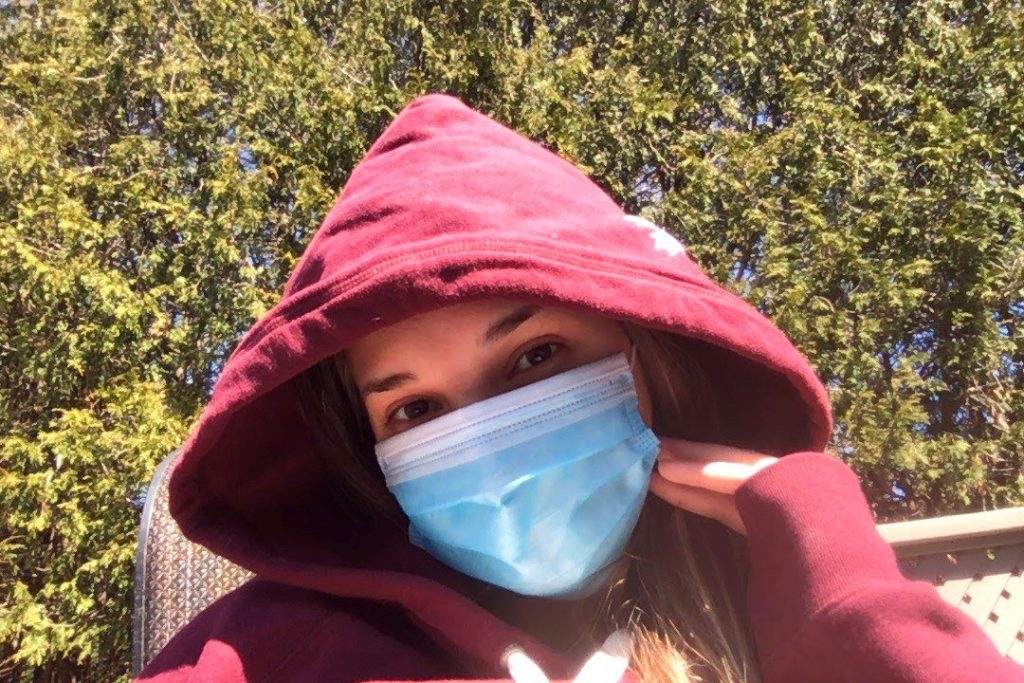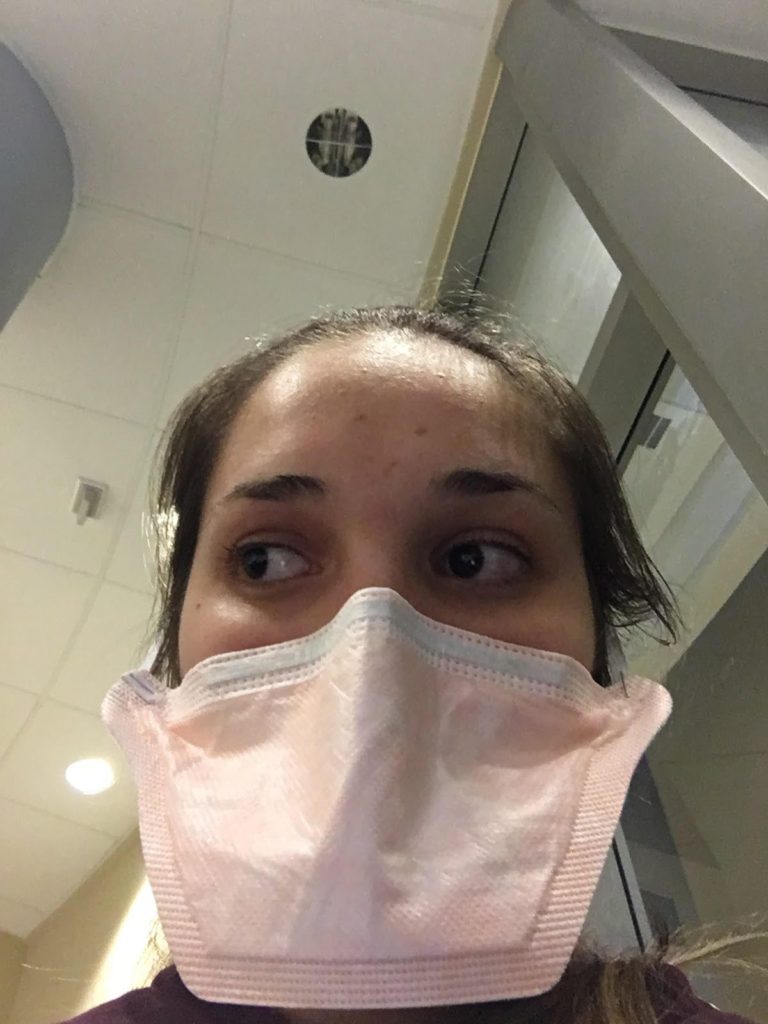
When the first COVID-19 case was announced in Ontario, I never thought I’d be among the survivors, let alone a long-hauler. Everyone’s journey with this virus is unique, including my own. It has been a crazy ride since the very beginning.
It started with a scratchy throat in the early morning of March 10. That progressed into chills, fatigue and a runny nose, but never a full-fledged fever. When I called Telehealth to rule out the possibility of COVID-19, my lack of fever signaled to them that it was probably just a cold. Who was I to assume anything else? I could survive with a cold. I’ve done it before.
Five days later, I couldn’t taste or smell my coffee, which was the one joy I could look forward to in the morning amongst all this chaos. I later baked cookies and found I couldn’t taste those either. All of a sudden, everything was flavourless. I couldn’t help but reflect on how bizarre it was — that early on in the pandemic, loss of taste and smell wasn’t a known symptom of COVID-19.
I assumed I had a sinus infection. I made a concoction of warm water and salt, leaned over the sink and flushed out my nose three times a day. By March 20, my cold symptoms were gone and my senses came back. I was so relieved that I was in the clear. Or so I thought.
While doing a school presentation on April 1, I became winded and out of breath. There was nothing strenuous about sitting in a chair presenting an assignment.
For two weeks, my breathing got progressively worse. My chest felt tight as if it was being pulled apart from the inside. It sounded like I was sighing all the time when trying to take a deep breath to get enough oxygen. No 22-year-old should be breathing as if they just ran a marathon while simply sitting on the couch.
Enough was enough. I called Telehealth again and they told me to go to the hospital immediately. Doctors ran tests upon tests to rule out a blood clot or pneumonia. To my surprise, all my tests came back clean. Then on April 18, I got the call that I tested positive for COVID-19 and it all made sense.

I assumed that after my mandated isolation period, my symptoms would disappear. I came to learn that that wasn’t the case at all. I was so anxious to get out of my room and back to my everyday activities, but my lungs had other plans. I knew something wasn’t right when I began to record my Greek dance lessons. I tried to dance while talking through the steps. As a dance teacher, this was a skill I could usually do without a problem, but I found it difficult to catch my breath.
This exhaustion was so foreign to my mind and body that it scared me. In June, I saw a story on the news talking about long-haulers, people who survived COVID-19 but still exhibited chronic symptoms for months after recovering from the virus. Finding this group was such a relief. No one in my family could understand the residual scars I was left with once COVID-19 free. I found so much comfort knowing that these strangers and I were living the same experience.
Seven months later, I still have to take a second to catch my breath at the grocery store or when walking up the stairs. At times, I have to gasp for air before and after I speak. Some days are better than others, but I’m slowly starting to adapt to my new way of life.
After explaining my lingering symptoms to my doctor, she said that many other survivors have been experiencing the same lasting effects. It’s not clear whether I’ll be fine in another three months or if this will be a forever thing. It’s the uncertainty that’s the most frightening. My appointment with a respirologist in December should shed some light on any damage left to my lungs.
I consider myself incredibly lucky to be alive. I see how many lives have been lost from this virus and while I may be left with difficulty breathing and shortness of breath, it’s a small price to pay for being here today.
